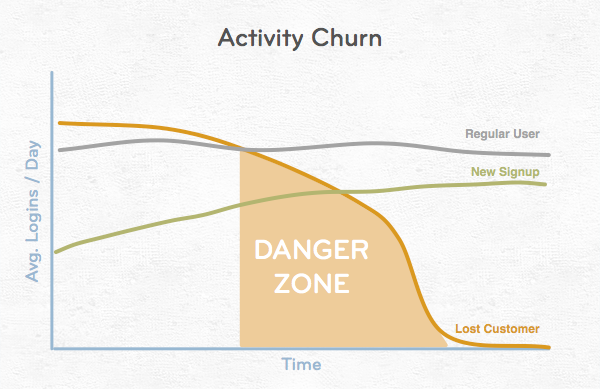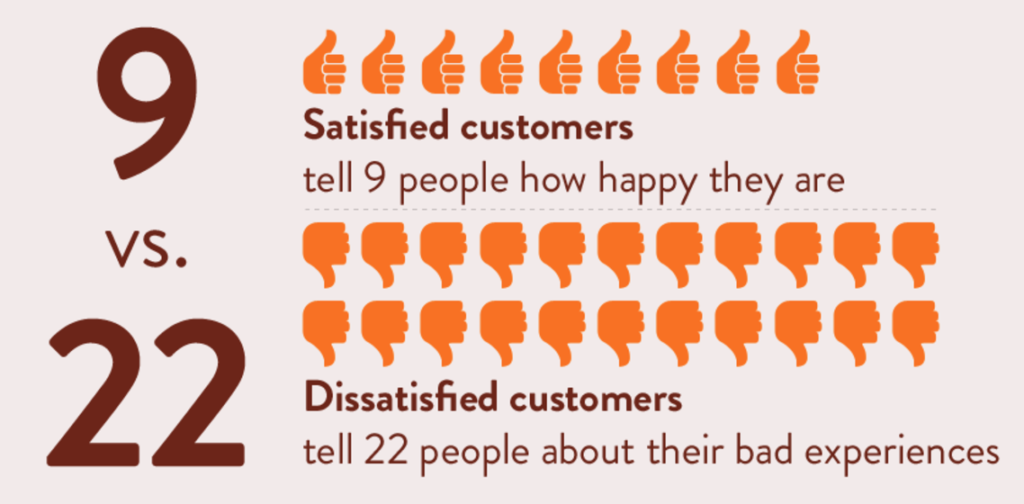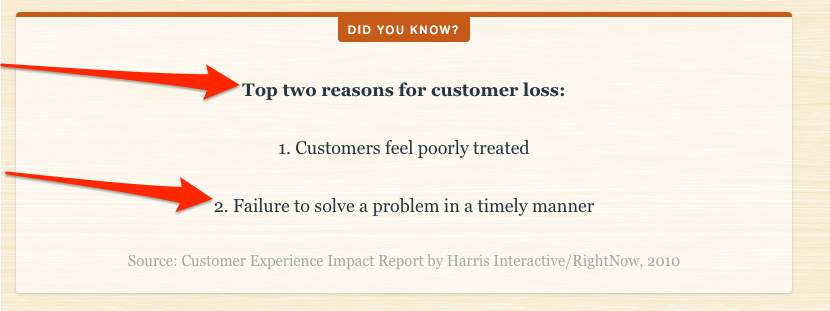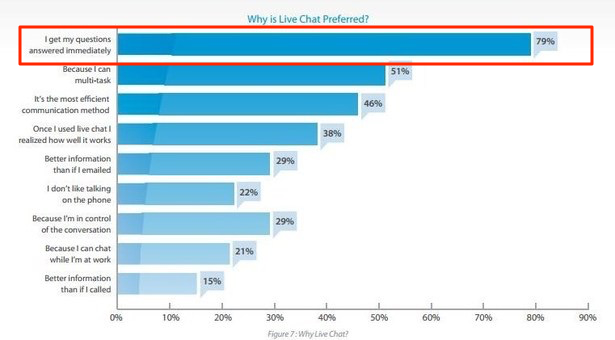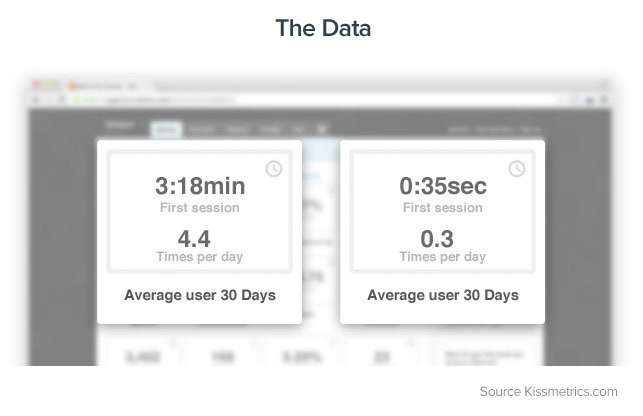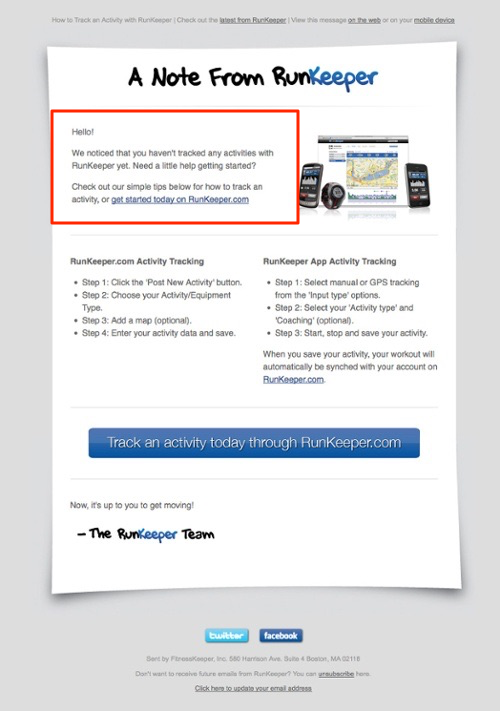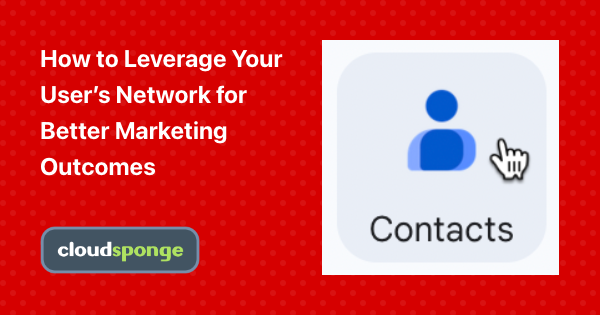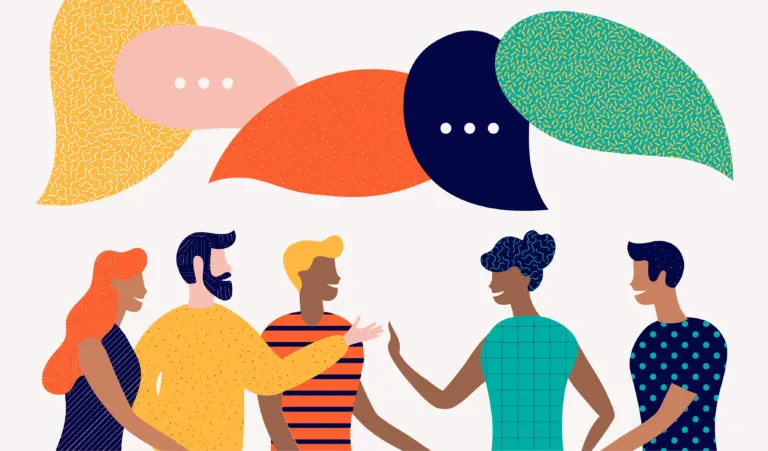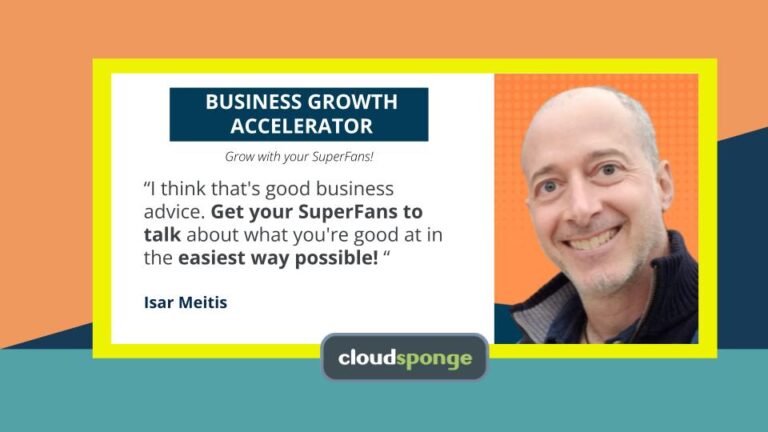It’s so darn frustrating, isn’t it? You’ve worked tirelessly to increase user engagement.
Improved the product’s performance.
Helped new users reach the activation point fast.
And kept in touch with them along the way too.
But in spite of all this effort, every metric you track reveals the harsh truth:
Your users seem to slowly stop engaging with your product.
They don’t log in as often as they used to. And when they do, they leave the app quicker than before.

But does that mean that your product’s days are numbered?
No, of course not!
However, you may need to implement some strategies to challenge the waning user engagement.
And luckily for you, that’s exactly what I’m going to talk about in this post.
I’ll show you 5 strategies that will help you rekindle engagement with your product.
Before we get to that though…
Audit the features of your sharing interface,
Download The Better Sharing Workbook Now!
Why You Should Celebrate That Some Users Are Dropping Off
Well, perhaps you shouldn’t shout from the rooftops about it but the fact remains:
Losing some users can be good for your business.
Pretty good, in fact.
For one, the idea that users will stay with you forever is borderline crazy.
People change. Their jobs change. Hell, people change jobs and move to different professions too.
And so, they may no longer need your product. Or have been forced to use another solution at their new job.
You and they are no longer a fit.
And there is nothing you can do about it. Full stop.
So, trying to keep those customers will result in nothing but burning cash and other resources on support and infrastructure.
Retaining some unengaged users is bad for growth too.
After all, I’m sure you’ve already heard all the stats about the effect of unhappy customers on your company’s reputation.
Here’s just one example:
And so, the fact remains:
Unhappy users can seriously impede your growth.
Of course, one course of action is to correct whatever makes them unhappy and turn things around.
The trouble is that you can’t always do that.
Some clients just won’t change their minds about you, and that’s that.
And so, you shouldn’t worry about them leaving.
Wondering who they are? Check out our post on metrics you should use to identify the most engaged users.
For the rest, though, here are some strategies to use to re-engage them.
1. Send triggered emails to users who seem to have encountered a roadblock in the product
Goes without saying, right?
Communication is at the core of boosting engagement.
But let me clarify something. I’m not talking about sending users product updates or other notifications that could get them excited about using the product (and perhaps upgrading their account).
I refer to the conversations you should be having with users who got stuck with the app. Or failed to take a specific action while setting up the account, for that matter.
Users who sooner or later would churn for that reason.
How to overcome this? Use real-time triggered emails that remind or guide users to solving their challenge.
As Mike Austin points out over at Smart Insights:
“Real-time triggered emails get good results because they respond to subscriber actions and are relevant to them, so they benefit from current high engagement.”
Here’s an example of a triggered message I received from Replyify after someone clicked unsubscribe on our emails:
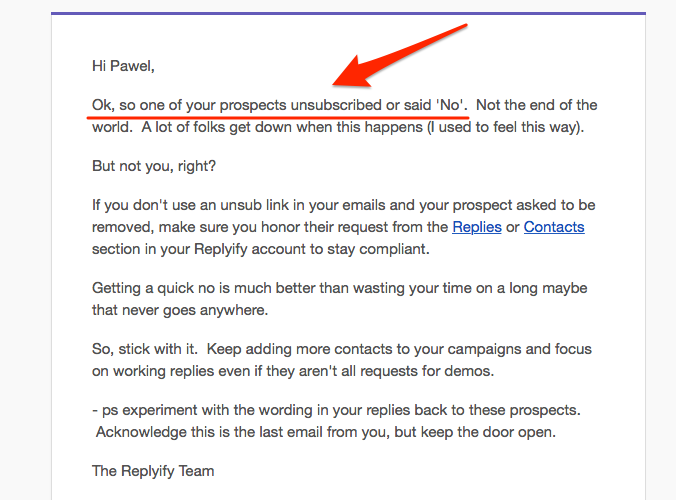
It’s simple, tells me what to do next, and what’s important, arrived right after I got an unsubscribe notification.
Tools to use:
Some of the tools that help respond to specific user behavior with triggered emails include Kissmetrics or Intercom.
At CloudSponge, for example, we use Intercom to identify potential onboarding roadblocks and solve funnel issues.
For example, users who fail to reach their “Aha!” moment – those who didn’t do the first address book import yet – get this message:
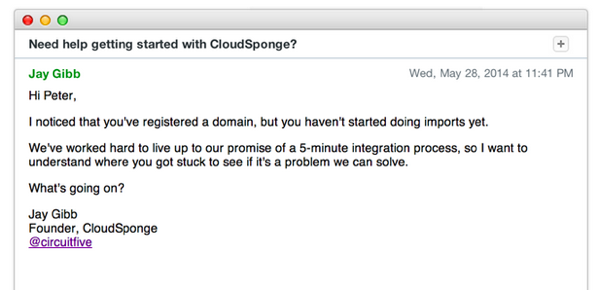
(Note, you can read how CloudSponge’s CEO, Jay uses triggered emails to keep in touch with customers here.)
2. Use in-app chat to help users solve common issues in the app
Last year, my friend Alex Cohen wrote:
“Leave a user unattended, and they may simply get bored and wander off.”
And although he was referring specifically to new users, his statement works for those whose engagement begins to wane.
After all, given how accustomed we are to getting our problems and challenges solved fast, it comes as no surprise that we’re unwilling to wait for a solution.
And we expect a speedy response even with nonreal-time channels. For example, Forrester discovered that “41 percent of consumers expect an email response within six hours.”
(In spite of that, however, according to Boomerang, the average response time is 23 hours!)
And so, this comes as no surprise:
A solution? Use in-app chat to interact with customers in real time, and help them overcome any challenges at the very moment they experience them.
You could take this even further and target chat messages at specific user behavior, proactively offering assistance when users might need it.
But does it work? Oh yeah! See for yourself:
Tools to use:
Pipz, Sendbird or Smooch offer dedicated in-app live chat functionality for software makers.
3. Remind users about important onboarding steps they may have missed
I’m sure you’ll agree with me on this:
In spite of all your onboarding efforts, for the most part, users have to figure out your product on their own.
(And yes, the fact that they often skip the documentation and ignore your onboarding emails you send them is part of the problem.)
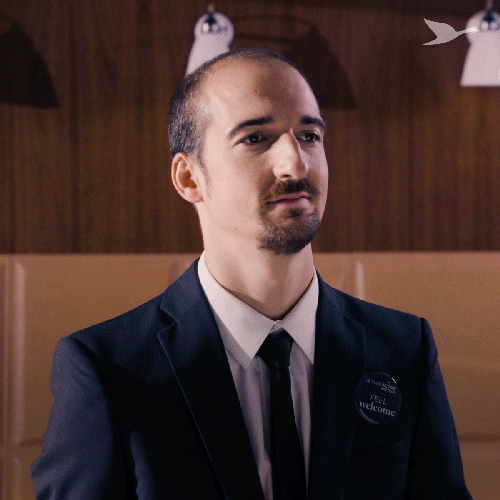
But the key thing is that as a result, they tend to miss important onboarding steps and end up frustrated with your app down the line.
Or never come back to it, for that matter.
In fact, GrooveHQ discovered that their churning users weren’t spending enough time in the app, compared to customers who continued using the product.
And one reason for something like this happening might be that users have missed an important onboarding step, and couldn’t progress with using a product further.
To combat this, use reminders to let users know about settings they should customize or information they’d need to set up to get the most out of your app.
How to do it?
Use tooltips and notifications to guide users through setting up a product to their needs.
Freshworks, for example, displays a relevant notification when customers try to use functionality they haven’t fully set up.
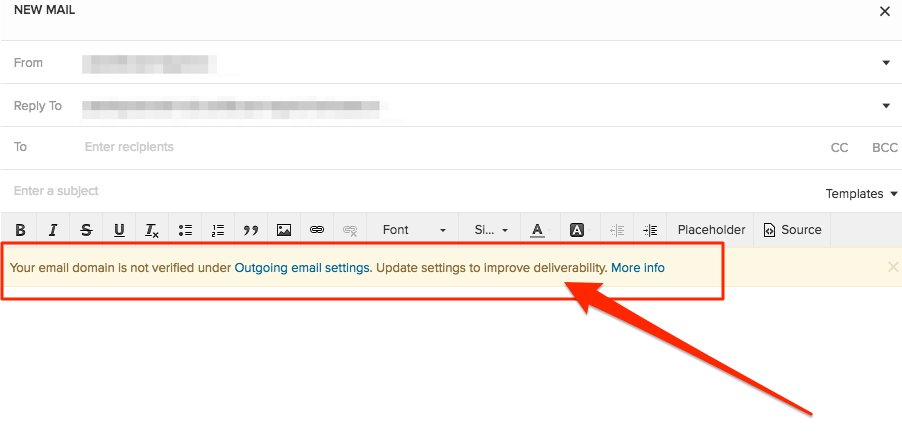
Tools to use:
Intercom. In fact, this is the exact tool we use.
4. Send re-engagement emails after a person’s become inactive in the platform
Some users sign up and jump right into exploring your product.
Others, however, drop off right after the setup.
And of course, a large percentage of them might never come back. In fact, as Patrick McKenzie points out:
“40-60% of users who sign up for a free trial of your software or SaaS application will use it once and never come back.”
The rest, however, might have gotten distracted in the process. After all, life happens. Phone calls, impromptu meetings, and many other things may drag a person away from the computer and the tasks they were doing.
Once you detect such behavior, send those users re-engagement emails, aiming to remind them about why they’ve signed up for your app in the first place.
Here’s how RunKeeper does it:
Tools to use:
Kissmetrics to analyze user behavior and identify inactive users. Intercom and pretty much any marketing automation platform to send messages.
5. Engage users with your insights and content
You know, most in-app notifications are insanely boring.
“We’ve redesigned the interface.”
“We have a new crawler.”
“Our buttons look better than ever now.”
And sure, these are all important improvements users should know about. After all, they need to feel that you’re actively developing and improving your product.
But do they offer insights that help customers achieve success with your product?
I dare to say, not.
At the same time, as Andy Mura points:
“Customers don’t buy a piece of software. Customers buy success.”
And it’s your job to help them achieve it.
How? One idea is to share insights and content helping the audience get better results from what they’re doing.
Here’s how Ahrefs do it (and mind you, they’re truly amazing at this strategy):
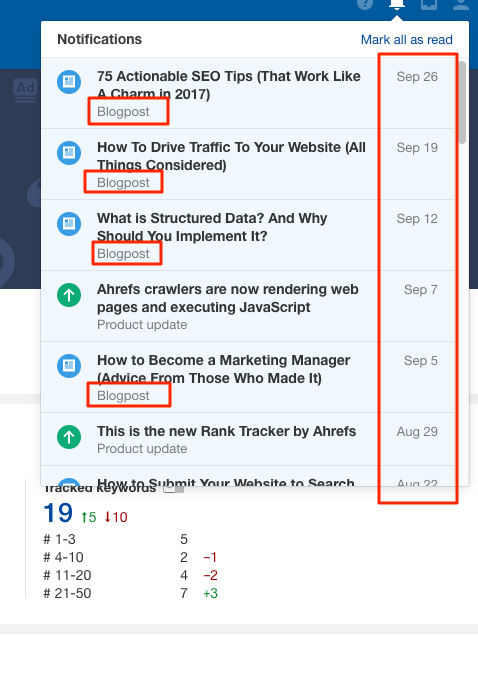
Almost every week, the company shares useful information and advice with their user base, offering knowledge that might help them achieve their goals faster.
Tools to use:
Your internal notification system. And if you could connect that with email notifications, that’s even better.
Closing Thoughts
Fact: User engagement tends to wane over time.
And although not every customer might be worth keeping, you should incorporate strategies to re-engage the ones that are.
Want to turn this increased engagement into growth? Check out our guide to enticing engaged users to invite their friends to an app.
Excited to get started?
Download our Better Sharing Workbook Now
(it's quick, easy and absolutely free!)

